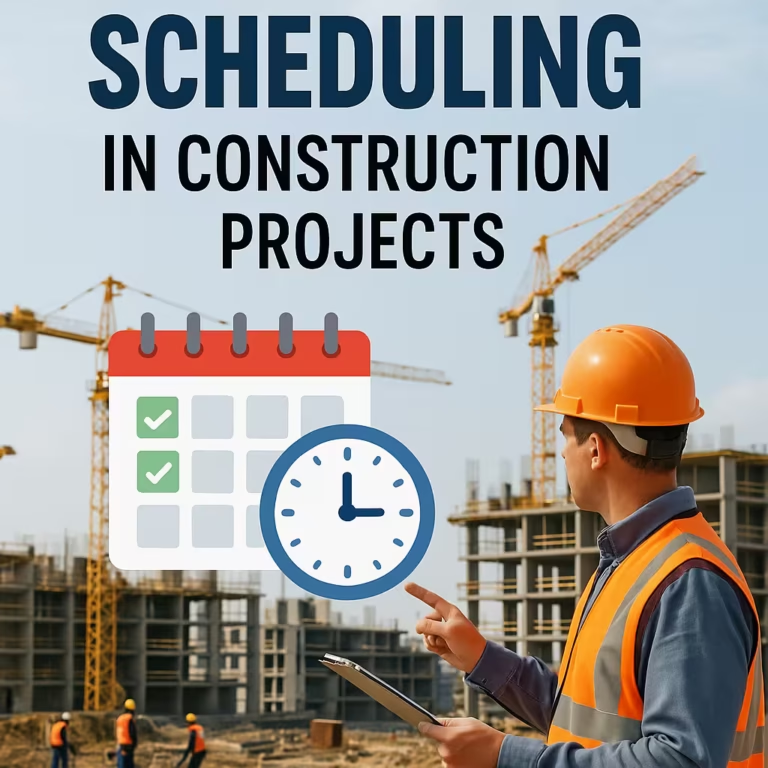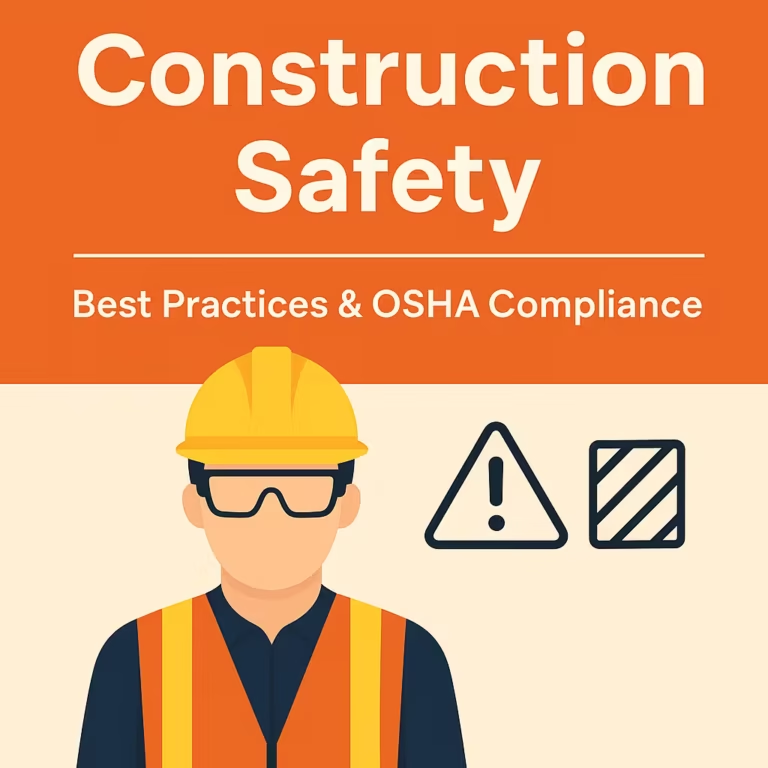Types of Bridges: A Guide to Engineering Marvels
The Importance of Bridges
The Earth is pretty cool and all, but many of its most magnificent features make it tough for us to get around. When the topography is too wet, steep, treacherous, or prone to disaster, sometimes the only way forward is up: our roadways and walkways and railways break free from the surface using bridges.
The Beauty of Bridge Engineering
A lot of the infrastructure we rely on day to day isn’t necessarily picturesque. It’s not that we can’t build exquisite electrical transmission lines or stunning sanitary sewers. It’s just that we rarely want to bear the cost. But bridges are different. To an enthusiast of constructed works, many are downright breathtaking. There are so many ways to cross a gap, all kindred in function but contrary in form.
How Bridges Are Classified
The typical way that engineers classify and name them is in how each design manages the incredible forces involved. Like everything in engineering, terminology and categories vary. As Alfred Korzybski said, “The map is not the territory.” But, trying to list them all is at least a chance to learn some new words and see some cool bridges.
Beam Bridges: The Simplest Solution
One of the simplest structural crossings is the beam bridge: just a horizontal member across two supports. That member can take a variety of forms, including a rolled steel beam (sometimes called a stringer) or a larger steel member fabricated from plates (often called a plate girder). Most modern bridges built as overpasses for grade separation between traffic are beam bridges that use concrete girders. American Society of Civil Engineers – Beam Bridges.

Truss Bridges: Strength Through Structure
One way around the challenge of the structural members’ self-weight is to use a truss instead of a girder. A truss is an assembly of smaller elements that creates a rigid and lightweight structure. Unlike a beam, the members of a truss don’t typically experience bending forces.

Arch Bridges: A Timeless Design
This next bridge type uses a structural feature that’s been a favorite of builders for millennia: the arch. Instead of beams loaded perpendicularly or trusses that experience both compressive and tensile forces, arch bridges use a curved element to transfer the bridge’s weight to supports using compression forces alone. National Park Service – Historic Arch Bridges.

Cantilever Bridges: Balancing the Load
Another way to increase the span of a beam bridge is to move the supports so that sections of the deck balance on their center instead of being supported at each end. A cantilever bridge uses beams or trusses that project horizontally, balancing most of the structure’s weight above the supports rather than in the center of the span.

Cable-Stayed Bridges: A Modern Marvel
The longest bridges take advantage of steel’s ability to withstand incredible tension forces using cable supports. Cable-stayed bridges support the deck from above through cables attached to tall towers or spars. The cables (also called stays) form a fan pattern, giving this type of bridge its unique appearance.

Suspension Bridges: Iconic and Impressive
Where a cable-stayed bridge attaches the deck directly to each tower, a suspension bridge uses cables or chains to dangle the deck below. In a simple suspension bridge, the cables follow the curve of the deck. Golden Gate Bridge – Official Site.

Moveable Bridges: Adapting to Water Traffic
Bridges have to support the vehicles and people that cross over the deck, but they often have to accommodate boats and ships passing underneath as well. If it’s not feasible to build the bridge and its approaches high enough, another option is just to have it get out of the way when a ship needs to pass. Moveable bridges come in all shapes and sizes.

Floating Bridges: Engineering on Water
On the other hand, sometimes there’s no need for ship passage or a lot of space below, and in that case, you can just float the bridge right on the water. Floating bridges use buoyant supports, eliminating the need for a foundation.

Low-Water Crossings: A Cost-Effective Alternative
If space or funding is really tight, one option to span a small stream is a low-water crossing. Unlike bridges built above the typical flood level, low-water crossings are designed to be submerged when water levels rise.

Viaducts: Long and Functional Bridges
You may have heard the term viaduct before. It’s not so much a specific type of bridge, but really about the length. Bridges that span a wide valley need multiple intermediate supports. So, a viaduct is really just a long bridge with multiple spans that are mostly above land.

The Complexity of Bridge Design
That gets to the heart of a topic like this: without listing every bridge, there’s no true way to list every type of bridge. There’s too much nuance, creativity, and mixing and matching designs.
Bridges in the News: The Francis Scott Key Bridge Collapse
We care a lot about bridges. My previous Blog covered the engineering that goes into vessel collision design for bridges, focusing on the recent collapse of the Francis Scott Key Bridge in Baltimore that was a huge story in the news covered by nearly every major outlet across the globe. CNN – Francis Scott Key Bridge Collapse.
The Role of Media in Shaping Our Views
Over 400 sources reported the event from every side of the political spectrum. Since it was so widely reported, there’s a pretty even mix between left-leaning, center, and right-leaning outlets, but if you look at the headlines, you’ll see all kinds of ways the story was painted with political and ideological biases from both sides of the aisle.
The Power of Perspective: Ground News
Seeing all this in one place is possible thanks to my sponsor, Ground News. They aggregate major news stories and add context to make reading the news easier and more effective. Ground News
Conclusion
Thank you for reading, and let me know what you think!






